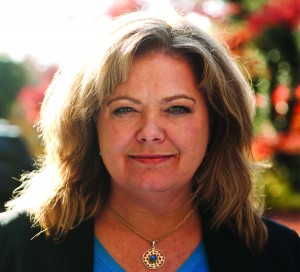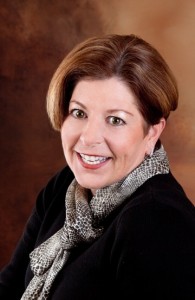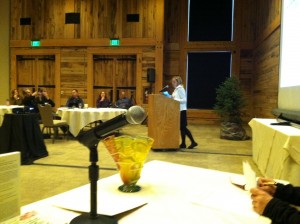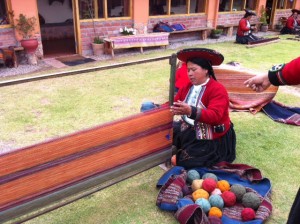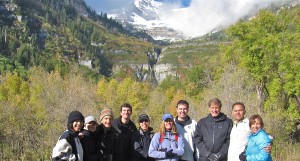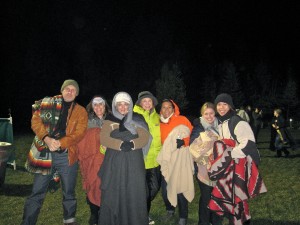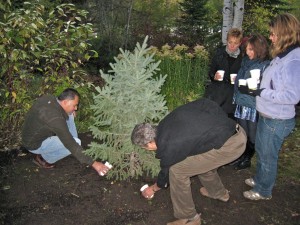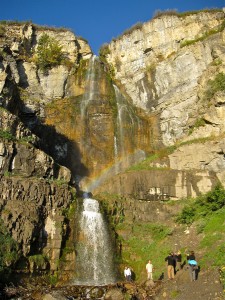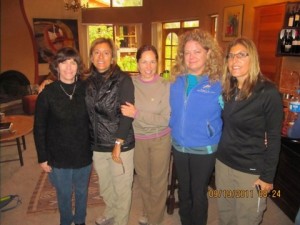New Research Shows Spa Consumers Increasingly Dependent on Discounts
I’ve been writing about the dangers of Discount Sites more than a year. My first blog post on the subject “Groupon Gripes” featured opinions from industry experts concerned with the long-term implications of deep discounting. Since that time, the trend towards discounting has only gotten more pronounced. The 2011 Global Spa Report by Coyle Hospitality Group shows.an increasing dependence on Deal Sites like Groupon and Living Social.
The study reveals that Deal Sites were utilized by 56% of respondents to book and receive a service. When asked about their preferred means of getting information about spas, respondents rated “search engines” first, but Groupon came in second at 52%, doubling from the previous year’s 22% response. Not surprisingly, the No. 1 reason for using those websites was to “find deals.” However, it seems that price isn’t the only consideration for web-savvy spa seekers. Cited next was “viewing spa menus,” “reading feedback”, and “learning more about the spa in general.”
When Coyle asked consumers what marketing campaigns prompted their last several visits to spas and if they have returned or not, almost one third said they had a massage at a spa due to an online deal site promotion (Groupon, Living Social, etc.) or limited time deal (SpaWeek, etc.). Eighteen percent said their visit was due to a direct email ad with deals or coupons and 16% due to a direct print ad with deals or coupons.
Most spa operators are negative about deal seeking consumers, saying they are geographically unqualified and disloyal. They report horrible retention numbers from these types of clients, and that they are often flooded with more “deals” than they can’t reasonably service. Here is Coyle’s advice on how to attract deal seeking clients without breaking the bank:
“You don’t have to necessarily discount heavily to be ‘seen’ by the deal seeking consumer. A presence on sites that are being searched with promotions and added value coupled with a high quality brand name or reputation seen via word of mouth and/or online reputation could effectively produce the same result in terms of traffic—this is good too in that it does not jeopardize the business by offering deals that hit the bottom line negatively.”
What do you think of Coyle’s advice? How do you resolve the need to attract new clients without “giving away the store?” Please weigh in on this important subject!
